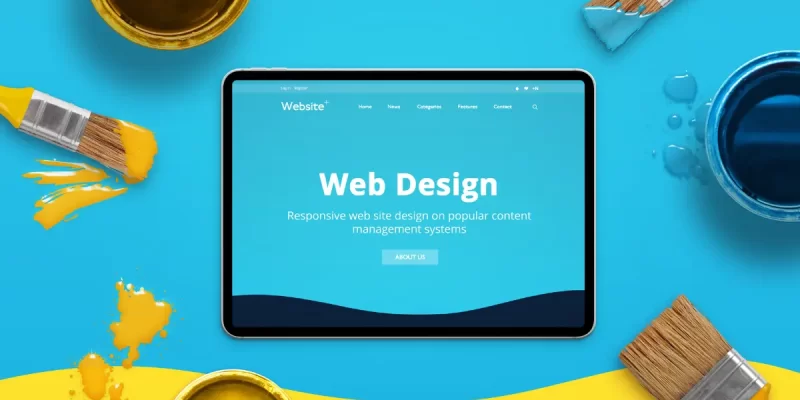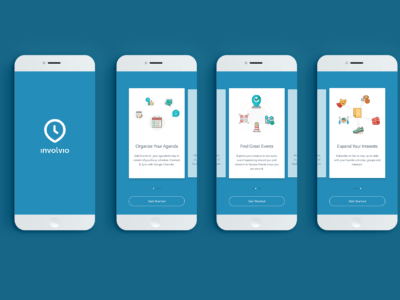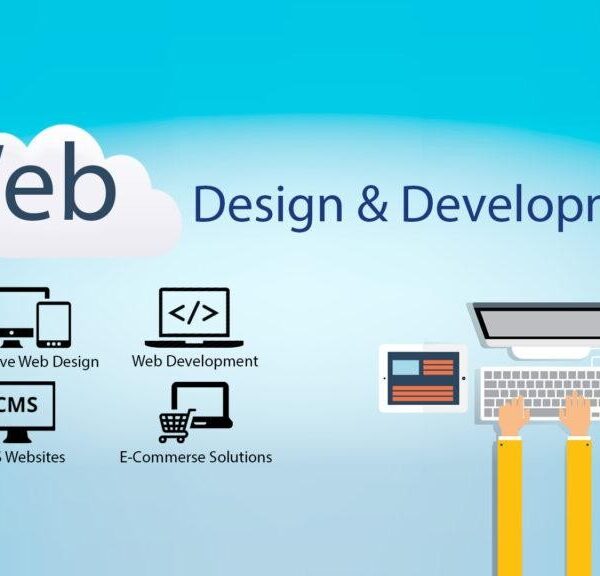
In the world of data visualization, charts are king. They condense complex information into clear, digestible visuals, aiding communication and comprehension. But what if these charts exclude a significant portion of the audience? This is where accessibility standards come in, not as a roadblock, but as a surprising superpower for creating better chart designs for everyone.
As a web designer in Dubai, we know the power of visuals. Charts are a cornerstone of data visualization, but what if these charts exclude a significant portion of the audience?
Why Accessibility Matters in Charts
Accessibility isn’t just about ticking boxes. It’s about ensuring everyone has equal access to information. When it comes to charts, this means catering to users with visual impairments, color blindness, cognitive disabilities, and those using screen readers.
Here’s why accessibility matters:
- Inclusion: Reaches a wider audience, ensuring everyone can benefit from the data.
- Clarity: Clear communication transcends visual limitations, forcing designers to focus on core information.
- Usability: Accessible charts are easier for everyone to navigate and understand.
WCAG: The Guideposts for Accessible Charts
The Web Content Accessibility Guidelines (WCAG) provide a framework for creating accessible content. While WCAG applies primarily to web content, its principles are equally valuable for charts. Here are some key aspects to consider:
- Color Contrast: WCAG defines minimum contrast ratios between text and background elements. This ensures legibility for people with low vision.
- Alternative Text: Screen readers rely on alt text to convey the meaning of non-text content, including charts. Descriptive alt text becomes crucial for visually impaired users.
- Focus Order: Charts with interactive elements should have a clear focus order, allowing users with screen readers or keyboard navigation to understand the information flow.
Accessibility Breeds Better Design
Surprisingly, adhering to accessibility standards can actually improve your chart design. Here’s how:
- Focus on Clarity: Accessibility forces you to prioritize the core message of the chart. This eliminates clutter and extraneous elements, leading to a cleaner, more impactful visual.
- Embrace Data Hierarchy: WCAG emphasizes the importance of understanding content hierarchy. This translates to structuring your chart effectively, guiding the viewer’s eye to the most important information first.
- Leverage Multiple Encodings: Accessibility encourages the use of non-color-dependent encodings like patterns, textures, or shapes. This not only benefits users with color blindness but also enriches the visual experience for everyone.
Putting Accessibility into Practice
Here are some actionable tips to create accessible charts:
- High Contrast is King: Ensure text and data elements have sufficient contrast against the background. Tools like online contrast checkers can help you achieve the recommended ratios.
- Descriptive Alt Text is Key: Don’t settle for generic alt text like “Chart”. Describe the data, trends, and key takeaways in a clear and concise manner.
- Simplify and Streamline: Avoid overly complex charts. Break down cluttered visuals into smaller, more manageable components for better readability.
- Embrace Color Agnosticism: Don’t rely solely on color to convey information. Use textures, patterns, shapes, and size variations to represent data points.
- Consider Keyboard Navigation: If your chart has interactive elements, ensure they can be navigated and interacted with using just the keyboard.
Examples of Accessibility in Action
Let’s see some real-world examples of how accessibility standards can improve chart design:
Small Multiples vs. Cluttered Line Charts: Imagine a chart with multiple lines representing different trends. An accessible approach might involve breaking this down into “small multiples,” where each line gets its own mini-chart. This not only benefits users with color blindness but also makes it easier to track individual trends.
Descriptive Alt Text for Complex Charts: A complex pie chart with numerous slices might have generic alt text like “Pie Chart”. A more accessible approach would involve describing the size and label of each pie slice, conveying the data effectively for screen reader users.
Beyond Compliance: Accessibility as a Competitive Advantage
In today’s data-driven world, clear communication is paramount. Accessible charts not only ensure inclusivity but also promote clarity and focus. By embracing accessibility, you create charts that are:
- Universally Usable: Reachable by a wider audience, maximizing the impact of your data.
- Future-Proof: Accessible designs cater to evolving technologies and user needs.
- SEO Friendly: Search engines consider accessibility when ranking content, making your data more discoverable.
By viewing accessibility as an asset, not a hurdle, you can create charts that empower everyone to understand your data. The result? More informed audiences, better decision-making, and a world where information is truly accessible to all.











